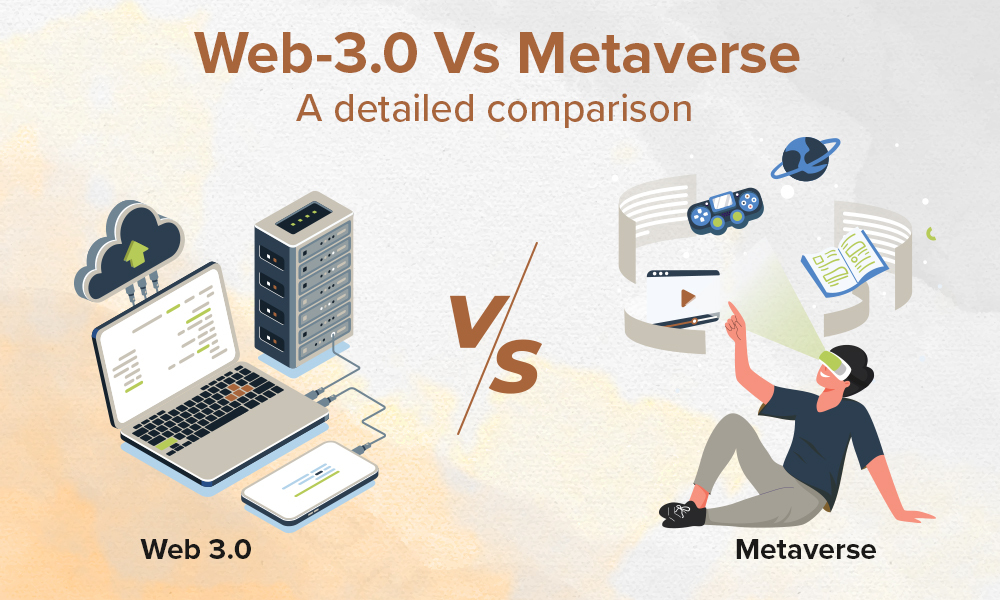Each year, we take one step forward to bring blockchain towards mainstream adoption. In 2019, we have matured in our concepts surrounding distributed ledgers, smart contracts, and how are they used to build innovative solutions. Businesses across industries have been keen to explore the technology and develop POCs to test out the viabilities. The myriads of products and services built on blockchain have continued to grow. It seems we redefine what blockchain means to the business world every year. We expect blockchain in 2020 to go beyond exploration and testing and see the light of mainstream adoption .
Blockchain in 2020: Moving beyond proofs of concept
Just over a decade after it was first used, blockchain is set to revolutionize big businesses across industries. That said, the year 2019 has witnessed businesses shifting their focus from exploration to building enterprise solutions. There have been huge developments on both business and technology side as partnerships and networks grew bigger.
- Visa launched B2B connect platform – a blockchain-based payment system for businesses to offer seamless cross-border payments without the need for third-party intermediaries.
- IBM and Maersk launched TradeLens platform to digitalize the supply chain and build collaboration through blockchain.
- Walmart has been the forerunner in adopting blockchain technology for identifying and tracking products on the supply chain.
- Facebook launched the Libra coin and Calibra blockchain.
With the host of benefits blockchain offered, the technology can deliver significant value for companies in 2020 and beyond. By 2030, blockchain is estimated to generate an annual business value of over $3 trillion. Moreover, 10-20% of global economic infrastructure will be based on blockchain by then. We see a lot of excitement and potential for blockchain in 2020.
#BlockchainTrends to watch for in 2020
Here’s what business leaders and technology enthusiasts should watch for blockchain in 2020.
More than 80% of blockchain deployments will be hybrid or multi-cloud
New research by Forrester suggests that firms demand blockchains with hybrid or multi-cloud compatibilities. The research states that regulatory requirements could be one of the factors forcing companies to adopt such an approach. For example, regulations in some countries require that nodes should only be operated on-premises in countries. The hybrid or multi-cloud approach also makes sense for countries where the chosen cloud provider is not present.
The second factor is that companies may not want to keep their important data on cloud servers due to security reasons. They might want to use their current own-premise servers to store their data.
Technology companies have already responded with the required offerings and will continue to develop to meet the changing customer requirements. Recently, IBM has enhanced its blockchain platform to extend its support beyond the IBM Cloud, including the AWS and Microsoft Azure clouds.
Central Bank Digital Currencies will progress
CBDC or Central Bank Digital Currency has become a hot topic among many countries. It is a digital extension of paper money able to permanently settle transactions between parties. By using blockchain, CBDC can improve the current payment systems while reducing overall costs and complexities. Central banks will also be able to remove credit risk and bring stability by guaranteeing the value of the CBDC with blockchain.
We might not see a full-fledged digital currency next year, but several countries have already started making a move towards building one.
- The Bank of France, the central bank, has already fully deployed a DLT-based application.
- China is ready to unveil its CBDC and will start pilot testing this month. It’s unlikely to be a blockchain-based currency though.
- The central banks of Cambodia and Thailand signed an agreement to build a blockchain-based payment system that facilitates cross border exchanges to local currencies.
- Canada’s central bank has collaborated with Singapore’s to trial cross-border and cross-currency payments using a test CBDC.
Central banks across the globe will work towards conducting research projects with blockchain and other technologies. It will be interesting to see how countries will move towards exploring technology in the coming years.
Stablecoins on the rise
2020 could be a breakthrough year for stablecoins as the market continues to grow with companies like J.P. Morgan and Facebook being the forerunners. According to Finance Magnates, “54 stablecoins now comprise 2.7% of the total market share of all cryptocurrencies, up from 1% in 2018.” Companies adopting stablecoins could benefit from lower transaction costs, retail payments, cross-border transactions, and loyalty program integration.
Stablecoins are better anchored in reality as they are backed by tangible assets like the US Dollar or gold. They are free from volatility and can be used anywhere in the world. This gives them more stability as compared to traditional cryptocurrencies such as Bitcoin or Litecoin.
Battle of the blockchain frameworks will intensify
Different technology frameworks including Ethereum, Hyperledger, Multichain, and Corda etc. have been flourishing into the blockchain market. During 2019, businesses have shown a keen interest in Hyperledger Fabric and R3 Corda to build enterprise-grade solutions. The competition between these frameworks will intensify in the year 2020 as the market continues to grow.
As the competition will grow, we expect to see a greater focus on the interoperability among these frameworks. Tech companies have already started to find ways how these frameworks can interact with each other to deliver on the promise of frictionless processes. Solution providers will seek to improve their offerings by upgrading their DLT capabilities.



.jpg)
